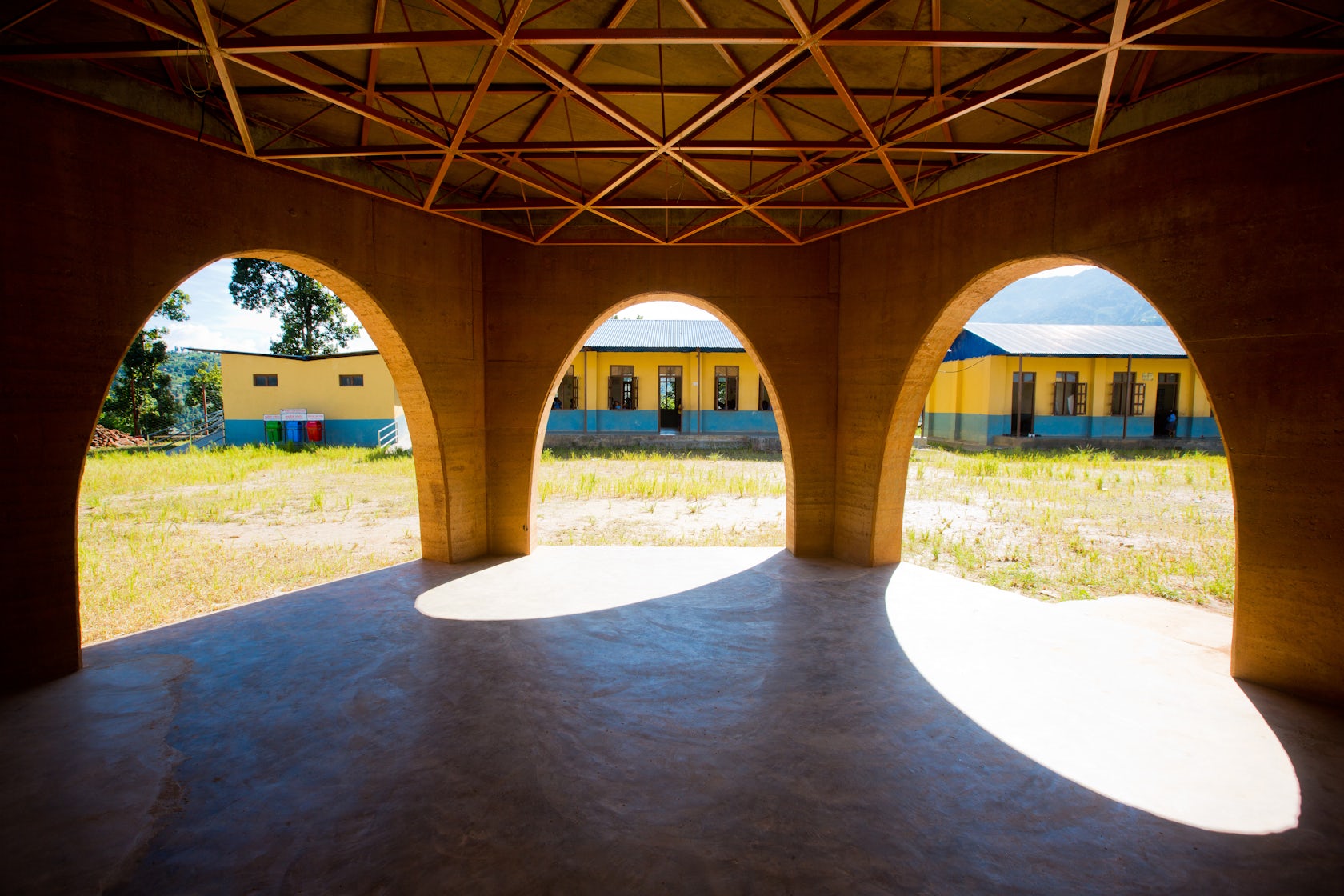An educational tool for farmers doubles as an online marketplace
Spotted: Digitisation has impacted every corner of our global economy, but one sector that remains largely un-digitised is the world’s oldest: agriculture. Farmers are the bedrock of the €6 trillion agriculture and food trade market, yet they make the least profit of all the main players in the food value chain. Moreover, many farmers still use the same techniques as their ancestors and lack access to the information they need to implement profit-boosting innovations. A new platform, Wikifarmer, is attempting to tackle these challenges.
Wikifarmer seeks to improve the lot of farmers in two ways. The platform is an international online resource for agricultural information and technological developments. The library offers thousands of user-generated articles, all for free, covering a huge diversity of topics, including the latest technology information and guidelines for best practices around the world. The Wikifarmer team provides localised translations of articles into 15 languages.
The platform also acts as a global farmer’s market. For shoppers, this marketplace provides a direct link to food producers in every region. With purchases covered by a money-back guarantee, shoppers can search a long list of products and contact the company itself for personalised quotes for specific requests or high-volume orders.
For farmers, the marketplace represents a welcome simplification of the food supply chain. Selling directly to consumers means that farmers can avoid commissions paid to the multitude of intermediaries they must normally deal with. So far, around 30,000 products have been listed on the site, and more than 5,000 customers have bought products directly from farmers.
From clean energy for off-grid communities to safe herbicide development, agtech is a hot area of innovation. Springwise has previously covered other innovations that aim to connect farmers directly to marketplaces, such as one focused on smallholder farmers in Ghana.
Written by: Keely Khoury
1st August 2022
Email: info@wikifarmer.com
Website: wikifarmer.com





















